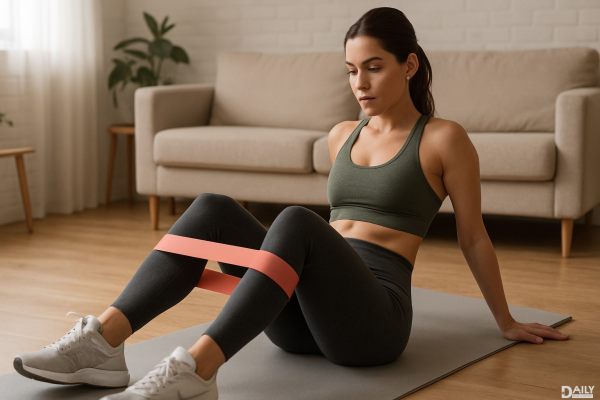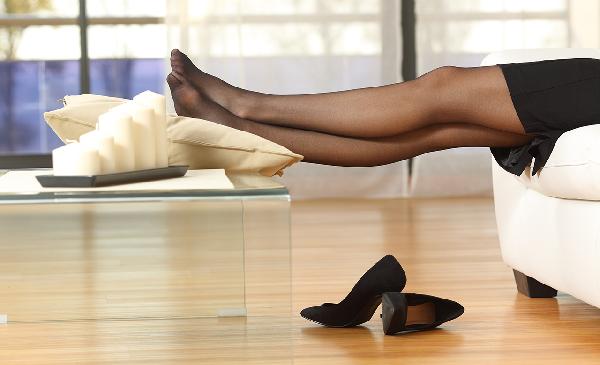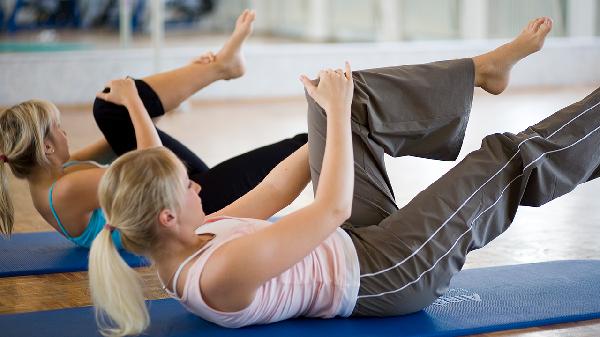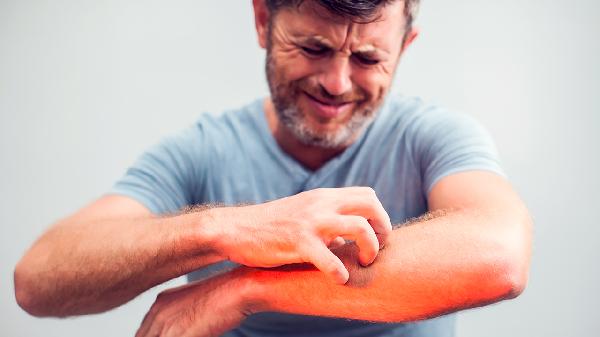Running has long been painted as the villain when it comes to joint health, especially for your knees. But the truth is, running isn’t inherently bad for your joints—it’s all about how you do it. The real issue isn’t the act of running itself but the mistakes people make in their training that lead to unnecessary wear and tear. So before you hang up your running shoes for fear of wrecking your knees, let’s break down the science, the common pitfalls, and how to run smarter—not harder—to keep your joints happy for the long haul.
The Science Behind Running and Joint Health
Contrary to popular belief, running doesn’t automatically equal joint destruction. In fact, research suggests that running can actually strengthen your joints over time. The key lies in adaptation—your cartilage, tendons, and ligaments respond to the stress of running by becoming more resilient. Think of it like strength training for your joints: the right amount of stress stimulates growth and repair, while too much (or too little) can lead to breakdown.
Studies have shown that recreational runners actually have a lower incidence of knee osteoarthritis compared to sedentary folks. That’s right—sitting around might be worse for your knees than logging miles. But before you go signing up for back-to-back marathons, keep in mind that moderation is key. The sweet spot seems to be running frequently (think four times a week) in shorter durations rather than cramming all your mileage into one or two punishing sessions.
Why Runners Get Knee Pain (And How to Avoid It)
If running isn’t the problem, why do so many runners end up with knee pain? The answer usually boils down to one of three things: too much too soon, poor form, or weak supporting muscles. The biggest culprit? Rampant enthusiasm. Many runners—especially newbies—jump into high mileage or intense speedwork before their bodies are ready. This "too much, too fast" approach overwhelms the joints, leading to inflammation, irritation, and eventually injury.
Another common issue is muscle imbalances. Weak glutes, tight hip flexors, or underdeveloped quads can throw off your running mechanics, placing extra stress on your knees. That’s why strength training isn’t just a nice-to-have for runners—it’s a must. Exercises like squats, deadlifts, and single-leg movements help build the stability your joints need to handle the demands of running.
The Best (and Worst) Surfaces for Your Joints
You’ve probably heard debates about whether pavement, trails, or treadmills are better for your joints. The truth? Variety is your best friend. Running exclusively on one surface—even a soft one—can lead to overuse injuries because your body adapts to that specific stress pattern.
Treadmills, for example, provide cushioning but can encourage a stiff, unnatural stride. Pavement is predictable but high-impact. Trails offer softer landings but uneven terrain that challenges stability. The solution? Mix it up. Rotate between different surfaces to distribute stress more evenly across your joints and keep your body adaptable.
How to Run Without Wrecking Your Knees
Want to keep running well into your golden years? Follow these expert-backed strategies:
1、Progress Gradually – Follow the 10% rule (don’t increase weekly mileage by more than 10% from the previous week).
2、Prioritize Strength Work – Focus on single-leg exercises, glute activation, and core stability.
3、Mind Your Cadence – Aim for around 180 steps per minute to reduce impact forces.
4、Listen to Your Body – Pain that lingers or worsens during a run is a red flag.
5、Recover Like a Pro – Sleep, nutrition, and mobility work are just as important as the miles themselves.
Remember, running isn’t a one-size-fits-all sport. What works for your buddy might wreck your knees, so pay attention to how your body responds and adjust accordingly.
At the end of the day, running isn’t the joint-destroying monster it’s often made out to be. With smart training, proper recovery, and a little patience, you can enjoy the mental and physical benefits of running without sacrificing your knee health. So lace up those shoes, hit the pavement (or trail, or treadmill), and run with confidence—your joints are tougher than you think.
























